Tahsin Aziz
Unmasking Deepfake Faces from Videos Using An Explainable Cost-Sensitive Deep Learning Approach
Dec 17, 2023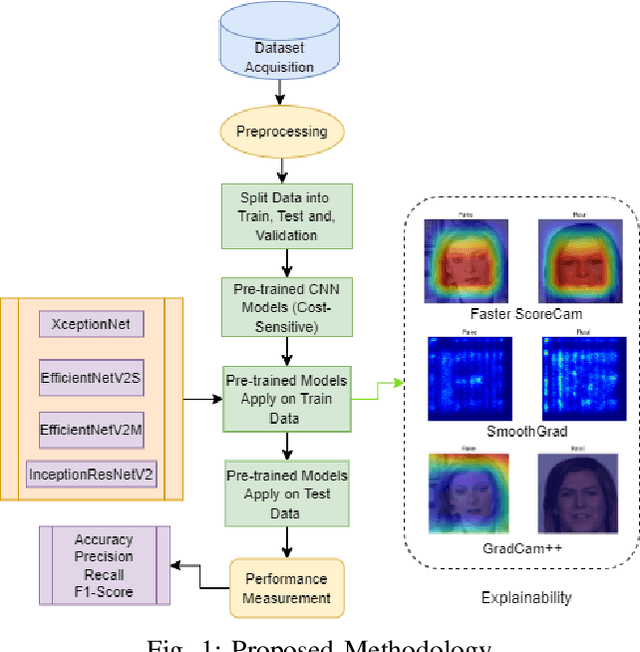
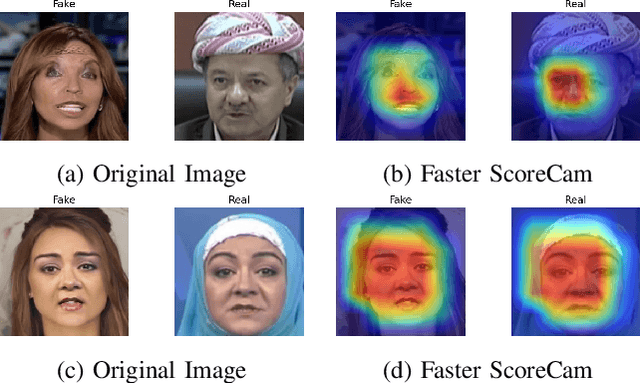
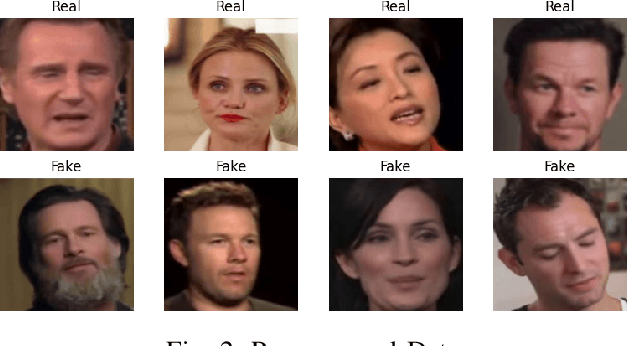
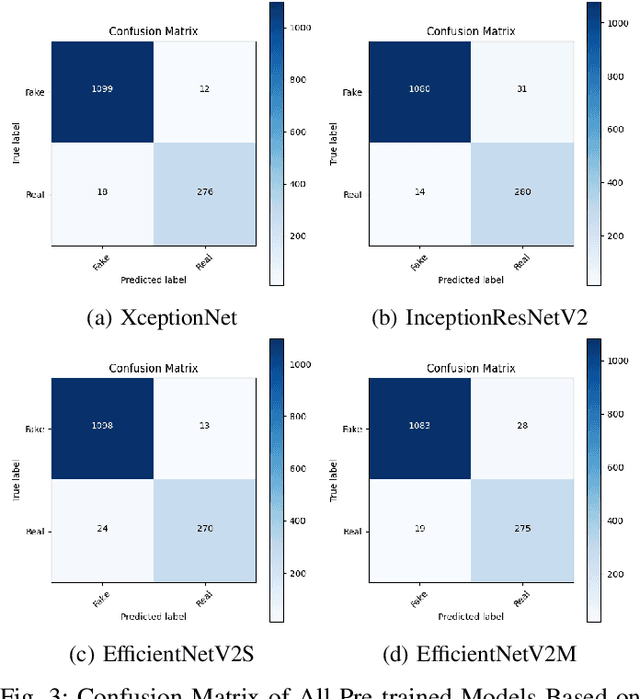
Abstract:Deepfake technology is widely used, which has led to serious worries about the authenticity of digital media, making the need for trustworthy deepfake face recognition techniques more urgent than ever. This study employs a resource-effective and transparent cost-sensitive deep learning method to effectively detect deepfake faces in videos. To create a reliable deepfake detection system, four pre-trained Convolutional Neural Network (CNN) models: XceptionNet, InceptionResNetV2, EfficientNetV2S, and EfficientNetV2M were used. FaceForensics++ and CelebDf-V2 as benchmark datasets were used to assess the performance of our method. To efficiently process video data, key frame extraction was used as a feature extraction technique. Our main contribution is to show the models adaptability and effectiveness in correctly identifying deepfake faces in videos. Furthermore, a cost-sensitive neural network method was applied to solve the dataset imbalance issue that arises frequently in deepfake detection. The XceptionNet model on the CelebDf-V2 dataset gave the proposed methodology a 98% accuracy, which was the highest possible whereas, the InceptionResNetV2 model, achieves an accuracy of 94% on the FaceForensics++ dataset. Source Code: https://github.com/Faysal-MD/Unmasking-Deepfake-Faces-from-Videos-An-Explainable-Cost-Sensitive-Deep-Learning-Approach-IEEE2023
An Approach of Adjusting the Switch Probability based on Dimension Size: A Case Study for Performance Improvement of the Flower Pollination Algorithm
Aug 20, 2022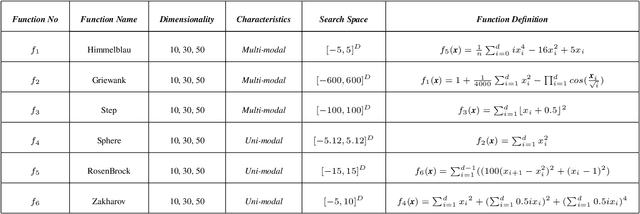
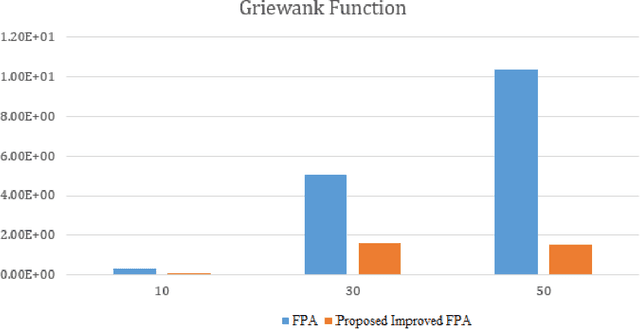
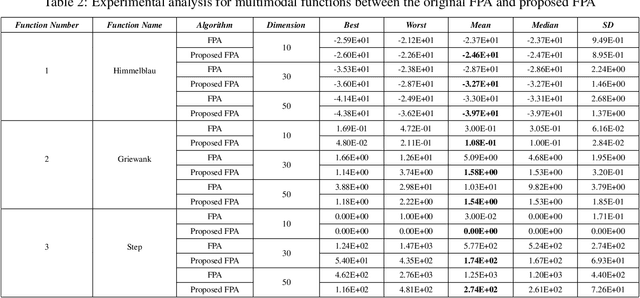
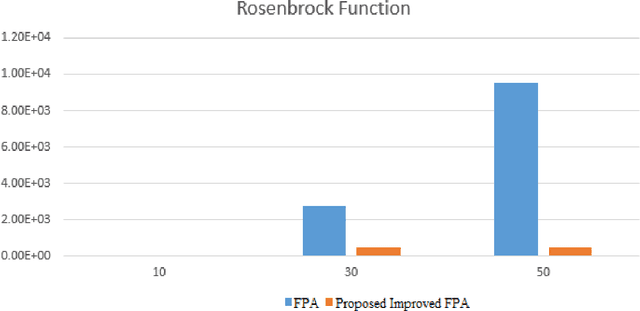
Abstract:Numerous meta-heuristic algorithms have been influenced by nature. Over the past couple of decades, their quantity has been significantly escalating. The majority of these algorithms attempt to emulate natural biological and physical phenomena. This research concentrates on the Flower Pollination algorithm, which is one of several bio-inspired algorithms. The original approach was suggested for pollen grain exploration and exploitation in confined space using a specific global pollination and local pollination strategy. As a "swarm intelligence" meta-heuristic algorithm, its strength lies in locating the vicinity of the optimum solution rather than identifying the minimum. A modification to the original method is detailed in this work. This research found that by changing the specific value of "switch probability" with dynamic values of different dimension sizes and functions, the outcome was mainly improved over the original flower pollination method.
 Add to Chrome
Add to Chrome Add to Firefox
Add to Firefox Add to Edge
Add to Edge